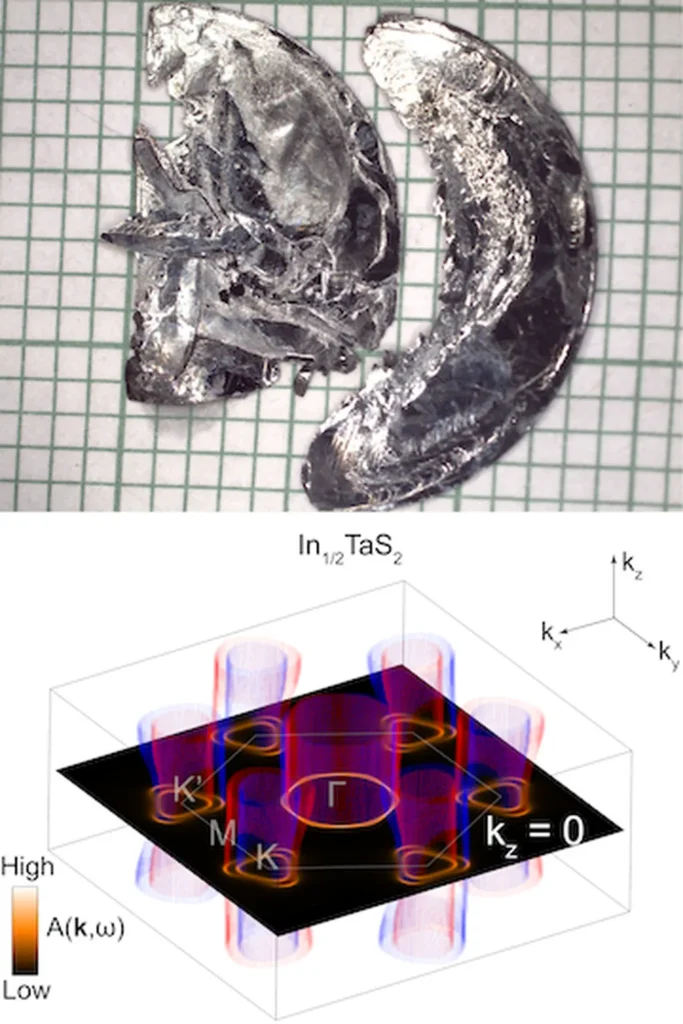The final months of 2023 have seen a flurry of activity at the Culham Science Campus near Oxford, as researchers and engineers from across Europe race to extract every last bit of scientific insight from the Joint European Torus (JET) reactor. This doughnut-shaped fusion device, Europe’s flagship experimental fusion device for four decades, is set to retire and enter decommissioning in the new year. But before it does, the JET team has managed to set a new world record for the most fusion energy released in a single shot, a significant step towards harnessing the power of the Sun as a clean energy source on Earth.
However, this experimental campaign is about much more than breaking records. It’s about laying the groundwork for the future of fusion energy. Part of JET’s last experiments involve three carefully tailored ‘shots’—ten-second bursts of 100 million degrees Celsius—that focus on managing the heat exhaust in future fusion power plants. This is where the Dutch researchers, including PhD candidate Thomas Bosman from the Dutch Institute for Fusion Research (DIFFER), come in. Bosman has been given control over a humble gas valve at the inside bottom of JET, a crucial component in managing the heat exhaust.
Bosman explains the challenge: “In JET, the plasmas are short and relatively benign. Sturdy wall materials like tungsten can manage the heat directly.” But future fusion power plants will be an order of magnitude more powerful, with much harsher conditions. “If you do not manage the heat exhaust very carefully, you could damage the inside walls in seconds,” he warns. The regime where heat is diffused before it touches the reactor wall is known as ‘detachment.’ While physicists have spent years understanding the underlying interactions, Bosman and his colleagues have taken an engineering approach, fine-tuning a control algorithm that guarantees detachment in just three ten-second plasma shots, without knowing any of the underlying physics.
This success is a testament to the engineering approach to fusion, which focuses on understanding the system’s behaviour in response to external stimuli, rather than delving deep into the underlying physics. Bosman’s work at DIFFER involves using this insight to develop control algorithms that can manage the heat exhaust in future fusion power plants. “During those shots in JET, we studied how the exhaust responds to slow and fast changes in the amount of cooling gas that we puffed in. In principle, that was all the information we needed to set the rules for our controller,” he recalls.
But the work doesn’t stop at heat exhaust. Fusion knows many more complex, non-linear challenges, like managing growing instabilities and long-term issues like the erosion of a reactor wall. This is where plasma physicist and computer modeller Sven Wiesen comes in. Wiesen is an expert in understanding the many interacting processes that happen at the edge of a fusion reactor. He explains that the behaviour of the plasma edge is influenced by processes upstream in the heart of the plasma, including the effect of fusion heat generated in the plasma core and the turbulence that transports heat outward.
Wiesen has been involved in the development of high-fidelity models like the Scrape-Off Layer Plasma Simulator (SOLPS), which can model everything from the level of turbulence and energy outbursts from the plasma edge to their effect on the fusion reactor wall. But these models come at a price: each scenario can take months to calculate on a supercomputer. This is where machine learning and artificial intelligence come in. Wiesen is part of a movement that uses these technologies to train so-called surrogate models, which can reproduce the same overall behaviour in minutes instead of months.
These surrogate models open up new possibilities in the world of fusion. Control engineer Thomas Bosman envisions an advanced controller that could have a fast model of the plasma inside to look ahead at what the plasma will do. “That would let it look predictive if, for instance, there is unwanted behaviour coming up, and decide how to tweak conditions now to dampen or avoid those conditions,” he says.
The applications of these surrogate models are already being explored by interested parties like the US privately funded SPARC project and the British public-private project STEP. Both feature different configurations from existing reactors like JET, highlighting the need for agile, fast-paced predictions in the fusion community.
The developments at JET and the work of researchers like Bosman and Wiesen are shaping the future of fusion energy. They are pushing the boundaries of what’s possible, not just in terms of breaking records, but in terms of understanding and managing the complex processes and machinery involved in fusion. As the race for fusion continues, these insights and innovations will be crucial in harnessing the power of the Sun as a clean energy source on Earth.

